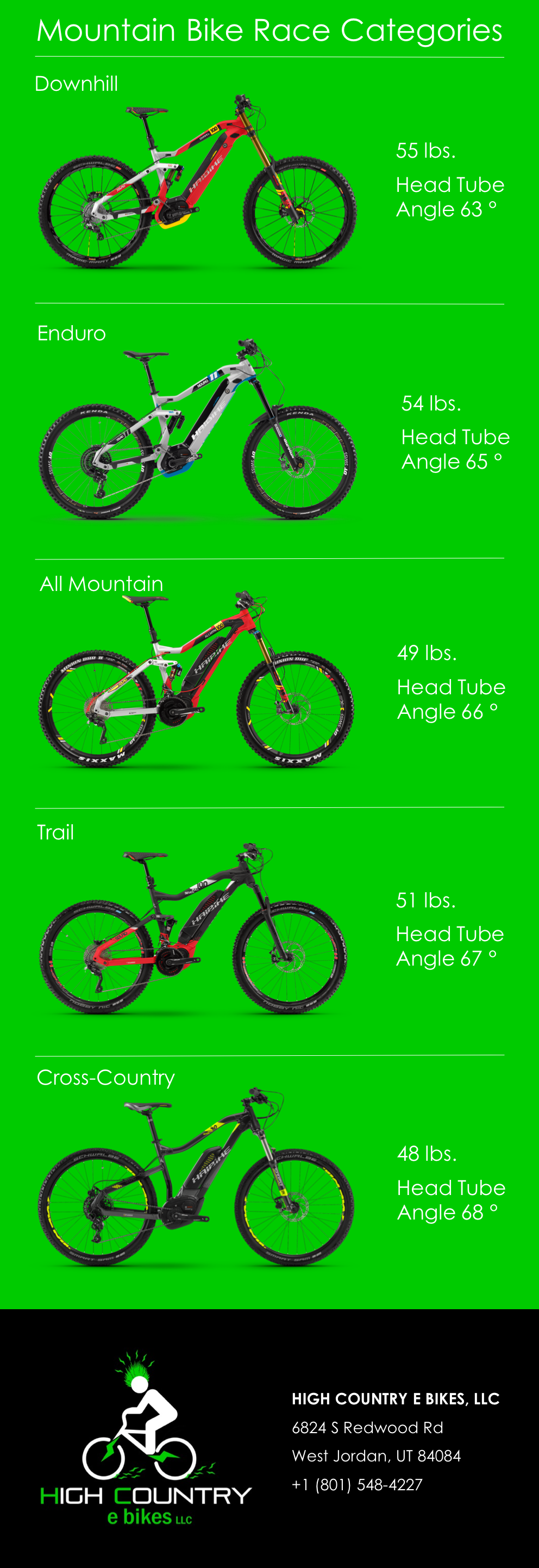Decoding E-Bike Classifications: A Review Of Their Meanings
Decoding E-Bike Classifications: A Review Of Their Meanings
Blog Article
Content Author-Feldman Shaffer
If you're taking into consideration buying an e-bike, understanding the different courses is key in making a notified decision. You could be shocked at just how each class uses distinct features that satisfy different riding preferences and legal demands. From pedal-assist alternatives to throttle-controlled designs, each class has its benefits. So, before you select the best e-bike for your requirements, it's vital to understand the distinctions between Class 1, Course 2, and Course 3 e-bikes.
Class 1 E-Bikes
Course 1 E-Bikes are specified as pedal-assist electrical bicycles that offer aid only when you pedal, ceasing to do so once you reach 20 miles per hour. These bikes are excellent for those searching for a little added increase while still intending to obtain some workout. Course 1 E-Bikes provide a smooth transition in between pedaling and electrical assistance, assisting you dominate hillsides and fars away with ease. The electric motor kicks in as quickly as you begin pedaling, giving an all-natural and uncomplicated ride experience.
Among the essential benefits of Class 1 E-Bikes is that they're permitted on most bike paths and trails where standard bikes are permitted. This implies you can check out new courses and delight in the outdoors without any limitations.
Additionally, these bikes are green and use a sustainable mode of transport, decreasing your carbon footprint while still getting you to your destination successfully.
Course 2 E-Bikes
Going on from the pedal-assist characteristics of Class 1 E-Bikes, Course 2 E-Bikes present a new element into the electric bicycle world. These e-bikes come with a twist throttle feature, allowing you to ride without pedaling in any way. With this addition, you have the option to simply involve the throttle and let the motor do the work, propelling you onward easily.
Class 2 E-Bikes are optimal for motorcyclists that may require a break from pedaling or require help when starting from a full stop. This function makes them especially appealing for individuals with minimal wheelchair or those that want a more leisurely riding experience.
However, it is very important to keep in mind that Course 2 E-Bikes are still regulated by a rate limit of 20 miles per hour, ensuring safety and security and compliance with laws.
Course 3 E-Bikes
For bikers looking for a more vibrant electric cycling experience, Class 3 E-Bikes offer enhanced speed and performance contrasted to their Class 1 and Class 2 counterparts. bike mirror -Bikes are known as "speed pedelecs" and can get to speeds of as much as 28 miles per hour, providing a thrilling adventure for those looking for an additional increase. These bikes come equipped with a pedal-assist system that begins when you begin pedaling, making it much easier to keep higher rates with less effort.
One crucial function of Class 3 E-Bikes is that they aren't restricted to bike lanes only; they can also be utilized on roads where the speed limitation is 30 miles per hour or reduced. This flexibility allows bikers to navigate with web traffic more successfully while still appreciating the advantages of electrical assistance.
Nevertheless, it's necessary to bear in mind that some areas might have particular policies concerning making use of Class 3 E-Bikes, so constantly examine local legislations prior to hitting the trail.
Final thought
So, since you understand the differences in between Course 1, 2, and 3 E-Bikes, you can make an educated choice on which kind ideal matches your demands. Whether you favor pedal-assist, throttle attribute, or higher speeds, there is an E-Bike class out there for you. Bear in mind to consider your regional regulations and individual choices prior to making your option. https://www.pressadvantage.com/organization/zugo-bike riding!
